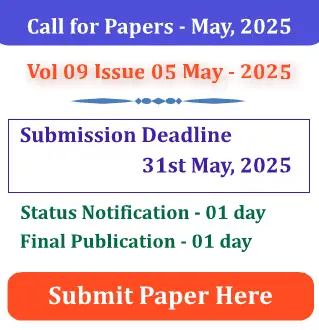Effect of Partial Replacement of Cement with Marble Dust and Coarse Aggregates with Marble Aggregates on Concrete
Abhijeet Sawant1, Aditya Pagire2, Niraj Thakare3, Prithviraj Gedam4, Dr. Monika Jain5
1,2,3,4 UG. Student, Department of Civil Engineering, G. H. Raisoni College of Engineering and Management Nagpur, India
5 Assistant Professor, Department of Civil Engineering, G. H. Raisoni College of Engineering and Management Nagpur, India
Abstract - Environmental problems are caused due to waste produced by industries. A recently introduced composite material called Marble Dust Powder (MDP) will enable the concrete industry to maximize material consumption, provide economic advantages, and construct strong, durable, and environmentally friendly structures. MDP is a by-product of the parent marble rock, which that possesses a high calcium oxide content of about 50%, and is obtained during the quarrying process. Since the presence of lime boosts the reactivity efficiency, MDP may be an ideal alternative for cementitious binder technique. In this study, the characteristics of hardened concrete were investigated using waste MDP that passed through 90 microns. Additionally, the impact of varying MDP replacement percentages on compressive strength and splitting tensile strength has been noted. The impact of MDP in concrete on strength has been demonstrated in this experimental investigation. Four concrete mixtures have been developed, with 10% and 15% MDP replacing cement and 20% and 40% MA replacing coarse aggregate on a weight basis. All concrete mixtures had the same water/cement ratio (0.45). The concrete mixtures' compressive strength was measured at 7, 14, and 28 days, and its split tensile strength was measured at 7 days. The laboratory work's findings demonstrated that adding 15% MDP to the cement and 20% MA to the coarse aggregate increased the concrete's compressive and split tensile strengths.
Key Words: Marble Dust Powder (MDP), Marble Aggregate (MA), Compressive Strength, Tensile Strength.








